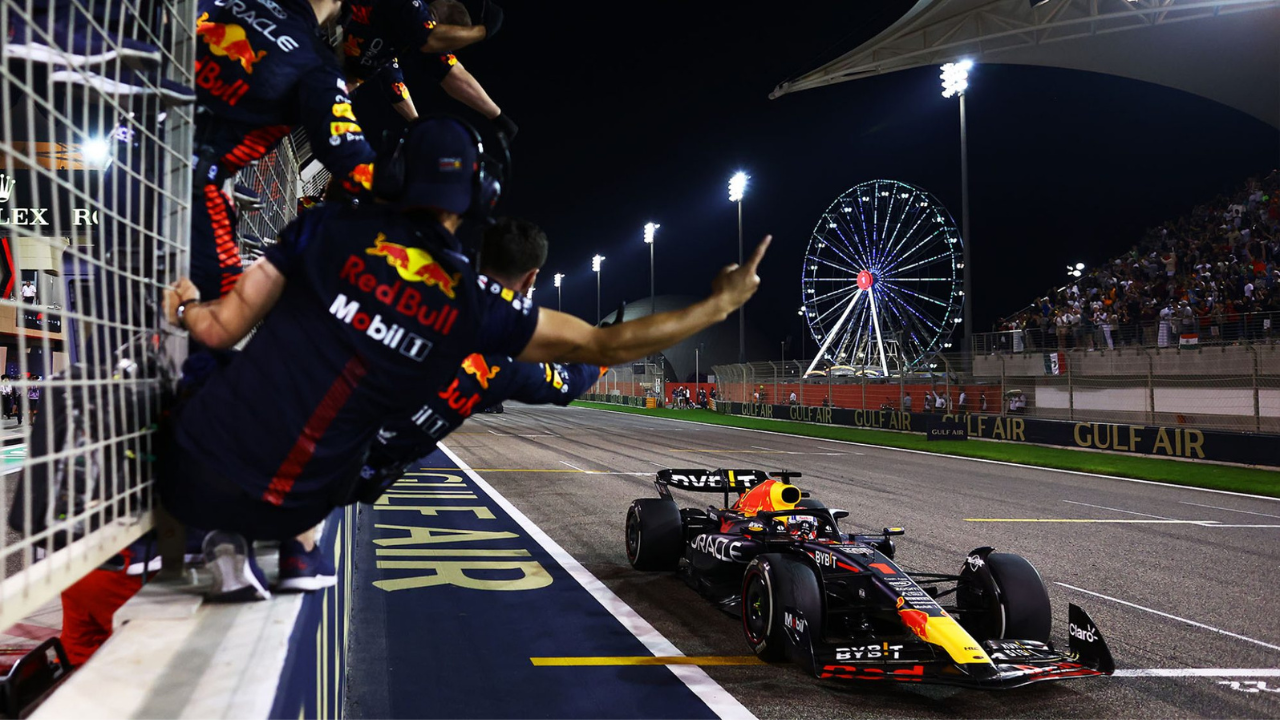
[ad_1]
From smartphones in our pockets to smart speakers at our homes, from editing tools to workspace apps – artificial intelligence (AI) is expanding its roots everywhere. The newest industry to adopt AI is motor racing. The Formula One racing’s governing body has said that it is trialling the technology to tackle track limits breaches – and it is happening at this weekend’s last race at Abu Dhabi Grand Prix.
The Paris-based Federation Internationale de l’Automobile, or FIA, said that it will be using ‘Computer Vision‘ technology that uses shape analysis to work out the number of pixels going past the track edge.
Why FIA is using AI
According to news agency Reuters, at this year’s Austrian Grand Prix, only four people were deployed to process some 1,200 potential violations. The number increased by the title-deciding Qatar Grand Prix in October, the number of people deployed to process violations was increased to eight. These people assessed track limits and monitored 820 corner passes.
Despite the increased number of eyes, the publication said, some breaches went unpunished in October’s US Grand Prix in Austin. They expressed their inability to properly enforce track limits violations and sought a solution before the start of next season.
How AI will help FIA
The AI will help the people in identifying genuine breaches where drivers cross the white line at the edge of the track with all four wheels. The move is said to reduce the workload of the FIA’s remote operations centre (ROC) and speed up the response.
Tim Malyon, the FIA’s head of remote operations and deputy race director, said the Computer Vision technology that it wants to use has already been used effectively in medicine for cancer screening.
“They don’t want to use the Computer Vision to diagnose cancer, what they want to do is to use it to throw out the 80% of cases where there clearly is no cancer in order to give the well trained people more time to look at the 20%,” he was quoted as saying.
According to Malyon, the Computer Vision layer will reduce the number of potential infringements being considered by the ROC, which in turn, will send fewer breaches to race control for action.
“The biggest imperative is to expand the facility and continue to invest in software, because that’s how we’ll make big strides,” he said, adding that “real time automated policing systems are the way forward.”
The Paris-based Federation Internationale de l’Automobile, or FIA, said that it will be using ‘Computer Vision‘ technology that uses shape analysis to work out the number of pixels going past the track edge.
Why FIA is using AI
According to news agency Reuters, at this year’s Austrian Grand Prix, only four people were deployed to process some 1,200 potential violations. The number increased by the title-deciding Qatar Grand Prix in October, the number of people deployed to process violations was increased to eight. These people assessed track limits and monitored 820 corner passes.
Despite the increased number of eyes, the publication said, some breaches went unpunished in October’s US Grand Prix in Austin. They expressed their inability to properly enforce track limits violations and sought a solution before the start of next season.
How AI will help FIA
The AI will help the people in identifying genuine breaches where drivers cross the white line at the edge of the track with all four wheels. The move is said to reduce the workload of the FIA’s remote operations centre (ROC) and speed up the response.
Tim Malyon, the FIA’s head of remote operations and deputy race director, said the Computer Vision technology that it wants to use has already been used effectively in medicine for cancer screening.
“They don’t want to use the Computer Vision to diagnose cancer, what they want to do is to use it to throw out the 80% of cases where there clearly is no cancer in order to give the well trained people more time to look at the 20%,” he was quoted as saying.
According to Malyon, the Computer Vision layer will reduce the number of potential infringements being considered by the ROC, which in turn, will send fewer breaches to race control for action.
“The biggest imperative is to expand the facility and continue to invest in software, because that’s how we’ll make big strides,” he said, adding that “real time automated policing systems are the way forward.”
[ad_2]
Source link
